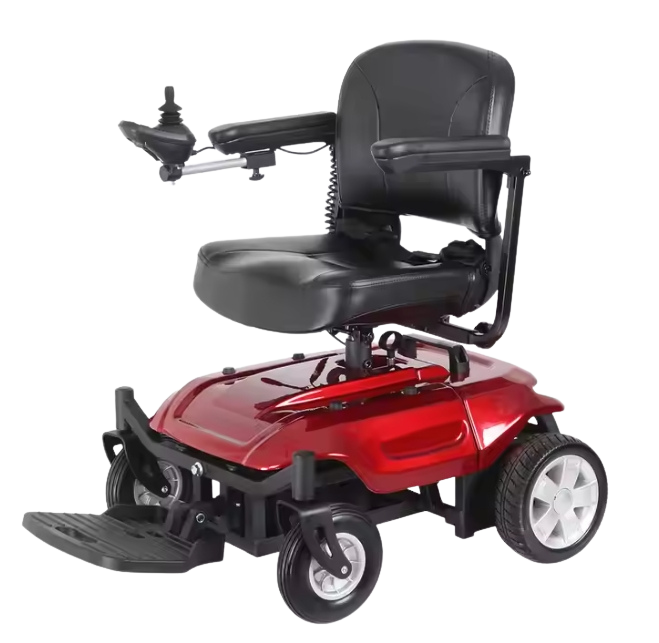Transformative Journeys: Life-Changing Experiences with Wheelchairs
9/24/20242 min read
Introduction to Life-Changing Experiences
Life is filled with unexpected twists and turns, and for many, a life-changing experience might involve a wheelchair. These mobility devices, often associated with limitation, can profoundly transform lives, opening up new pathways and opportunities. In this blog post, we’ll explore personal stories that highlight how wheelchairs have played pivotal roles in the journeys of individuals seeking independence and empowerment.
Rediscovering Freedom
For many, using a wheelchair can spark a journey of rediscovery. Take Sarah’s story, for instance. After an accident left her with limited mobility, she felt trapped and isolated. It wasn't until she received a customized wheelchair that allowed her to navigate urban landscapes with ease that her world expanded. This change empowered her to re-engage with her community—visiting cafes, attending events, and even volunteering. Sarah’s experience is a testament to how adaptive technology can foster a sense of freedom.
Building Connections and Community
Another profound impact of wheelchairs lies in the connections they facilitate. John, diagnosed with a condition that affected his mobility, found solace in support groups formed around shared experiences. With his wheelchair, he could participate and connect with others facing similar challenges. Through these interactions, he not only shared his journey but also learned from others about resilience and adaptability. Moreover, these connections dispel the stigma often associated with disability, fostering a more inclusive community for everyone.
Encouraging Advocacy and Awareness
Using a wheelchair can also ignite a passion for advocacy. Lisa, after acquiring her wheelchair, started a blog detailing her experiences, focusing on accessibility issues in public spaces. Her firsthand stories resonated with many, driving conversations about the need for change. As she shared her life-changing experience, more people became aware of the challenges faced by those with mobility impairments. Lisa’s journey illustrates how one person’s story can influence others and promote a broader dialogue about inclusivity.
Conclusion
Ultimately, the experiences shared by individuals with wheelchairs underline the importance of viewing these devices not as symbols of limitation, but as tools of empowerment. Each story is unique, yet they converge on a common theme: resilience and the quest for independence. The next time we see someone using a wheelchair, let us remember that their journey is not defined by challenges, but by the transformative paths they create along the way.
© 2024. All rights reserved.


